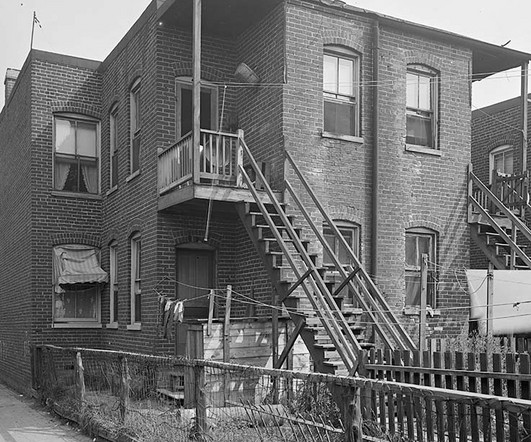Segregation Helped Build Fortunes. What Does Philanthropy Owe Now?
Stanford Social Innovation Review
JANUARY 30, 2024
By Claire Dunning In early 1926, Cafritz Construction placed an advertisement in The Washington Post celebrating the speed with which their “Life-time Homes” were selling in the Petworth neighborhood of Washington, DC. Perhaps potential buyers would be swayed by the “superior construction” or the “unusually big lots.”


















Let's personalize your content